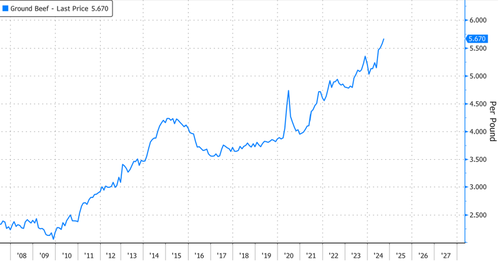Supreme Court Denies Mark Meadows’s Request In 2020 Election Interference Prosecution
Supreme Court Denies Mark Meadows’s Request In 2020 Election Interference Prosecution
Authored by Matthew Vadum via The Epoch Times (emphasis ours),
The Supreme Court on Nov. 12 turned away former Trump White House Chief of Staff Mark Meadows’s request to transfer his election interference case from a Georgia state court to federal court.
The justices issued the court’s new unsigned order without explaining why, as is its custom when rejecting petitions.
Meadows filed his petition with the Supreme Court on July 26, arguing that the case should be heard in federal court because he was performing his duties as a federal officer when he disputed election results.
Meadows was indicted by a state grand jury in Fulton County, Georgia, in August 2023, over his role in President Donald Trump’s challenge to the 2020 presidential election results in Georgia, a state he ultimately lost in that election.
Meadows was accused of violating the Georgia RICO (Racketeer Influenced and Corrupt Organizations) Act during the period from Nov. 4, 2020, which is the day after that year’s presidential election, to Sept. 15, 2022, for his allegedly illegal efforts to contest the presidential results in the state.
He argued that the case should be heard in federal court because, “for nearly two centuries, Congress has provided a federal forum for federal officers facing criminal charges brought by state and local officials,” according to the petition.
“Over time, Congress has consistently expanded access to federal forums for federal officers invoking federal defenses,” he argued.
A federal district court in Georgia refused to stay the prosecution in September 2023.
The U.S. Court of Appeals for the 11th Circuit ruled against Meadows in December 2023, allowing the prosecution in Fulton County to proceed.
Tyler Durden
Tue, 11/12/2024 – 23:30












